Julongju Ancient Famous Residence
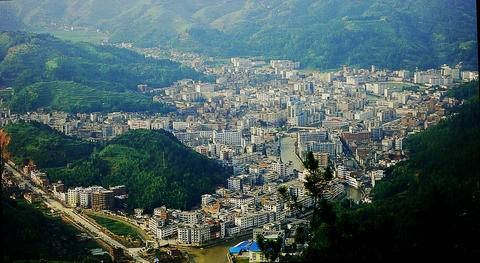
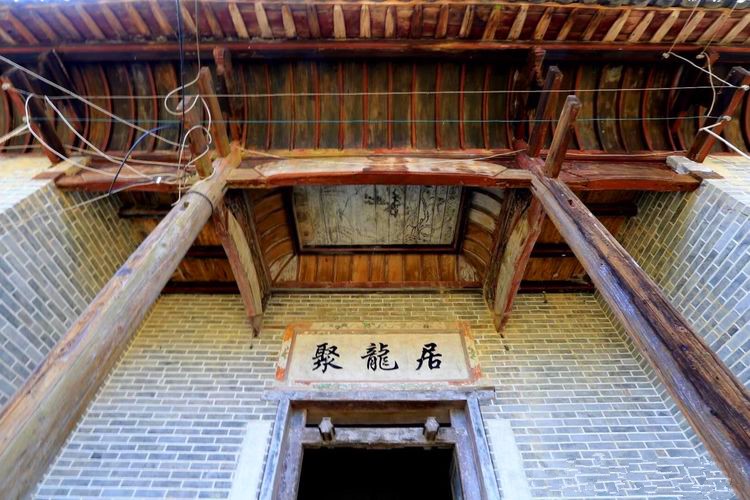
On the millennium old road in Guidong County, there is an ancient house of Jiangnan style - Julongju ancient famous residence, commonly known as the back stage, located in the Shuijingtian Group of Beixi Village, Beixi Township, Guidong County.
According to the old people who live in Julongju residence, the ancient house Julongju residence was built by Guo Tongchao, the Inspector of Haikang Qingdao Branch of Guangdong Province at that time (who served as Lijin Officer of Leizhou Peninsula and Director of Salt Administration of Haifeng County of Guangdong Province during Tongzhi Period of Qing Dynasty), and was founded in Guangxu 12 years of Qing Dynasty (1886).

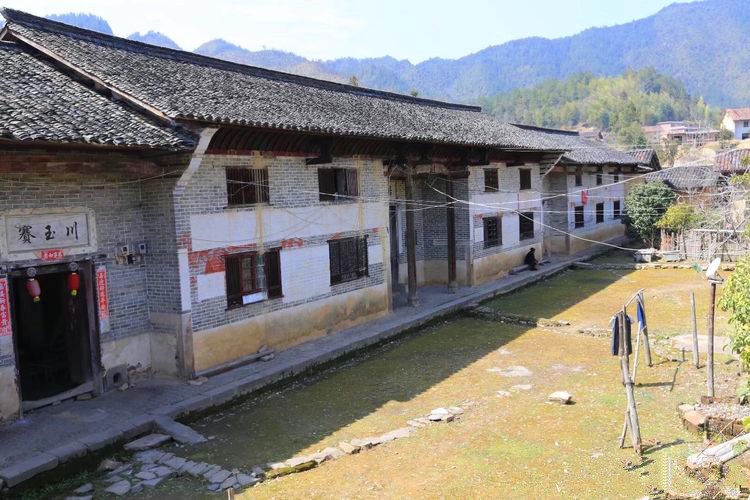
Julongju residence was named after the mountain toward the cluster of dragons. It has civil structure, wind volcanic wall, 9 halls, 18 courtyards, 99 bedrooms in front and back courtyards, with different shapes, covering an area of more than 30 mu. The central hall was painted with algae wells and followed by flower halls. There was an inscription couplet of Empress Dowager Cixi in the Department hall. The main hall, the department hall, the study, the bedroom, the kitchen, the storage room, the miscellaneous service hall, the stables and the toilets are all available. Its warmth, shelter, dust, drainage, fire protection and other facilities have the characteristics of Hunan, Hubei, Guangdong and Guangxi folk buildings, elegant and comfortable. In April 2002, it was listed as a provincial cultural relics protection unit.
The interior decoration of Julongju residence is exquisite. The wood carving, brick carving, stone carving, tile carving and clay sculpture are all carefully carved, the painting and murals are antique, and the eaves, beams, arches, ceiling and pillar foundations are beautiful in appearance. The whole ancient houses melt painting, calligraphy and poetry into one furnace, and integrate figures, animals, flowers and trees into one body, vivid and full of gestures. The various patterns in woodcarving, stone carving and murals have their own implications.
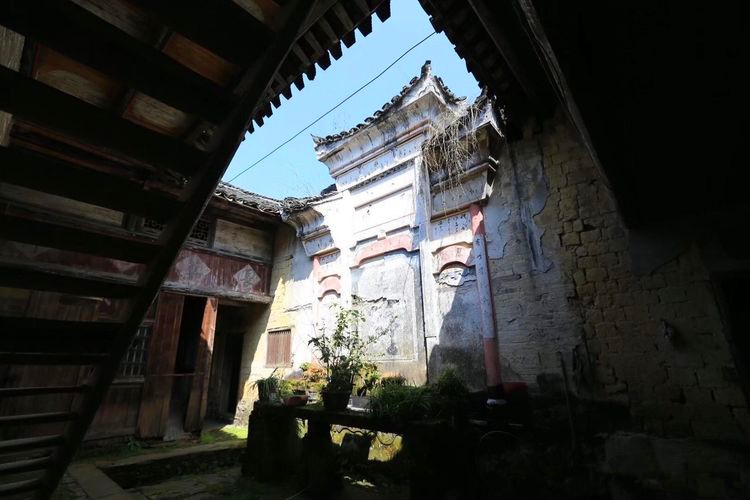
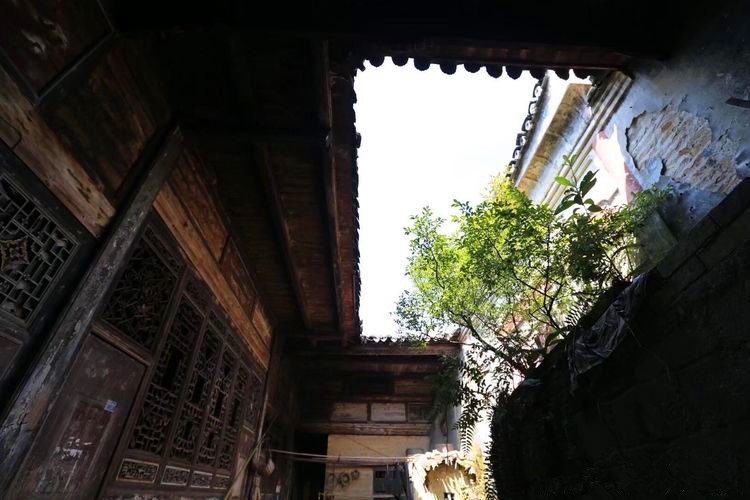
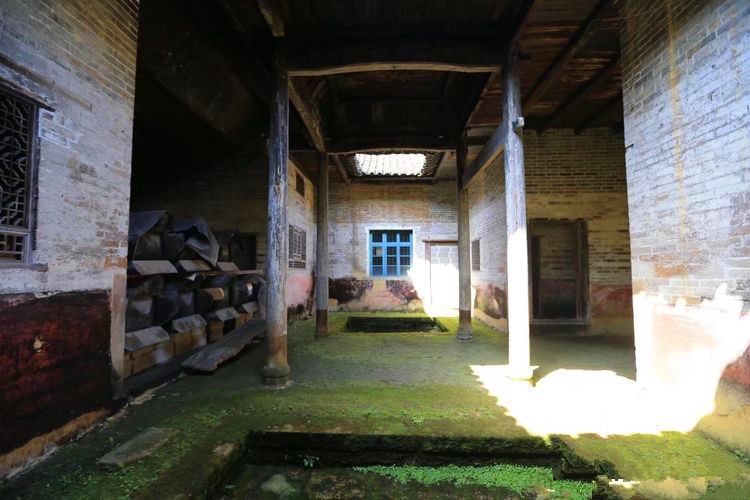
The exquisite sculptures of architectural art can be seen everywhere in Julongju residence. Its layout, structural ingenuity, decorative beauty, the essence of construction and cultural connotation are incomparable in most ancient rural houses.

Julongju residence is the epitome of the rich and private houses in the feudal society, but its architectural level, sculpture and painting skills are the crystallization of the wisdom of the working people, with historical, cultural and tourist values.
It gathers the essence of folk buildings in the areas of fire prevention, theft prevention, lighting, drainage, heating and ventilation. The old man said that Wang Xuan, a renowned professor of Beijing Institute of Architectural Engineering, had visited this ancient house in the deep mountains, giving a high appraisal of its elegant shape, unique structure, complete functions and reasonable layout. He said that "the Beijing Palace Museum is the great achievement of the traditional architecture of the centralized country, while the Julongju residence is the great achievement of the centralized national folk architecture, which can be called the best in the south of the Yangtze River."




